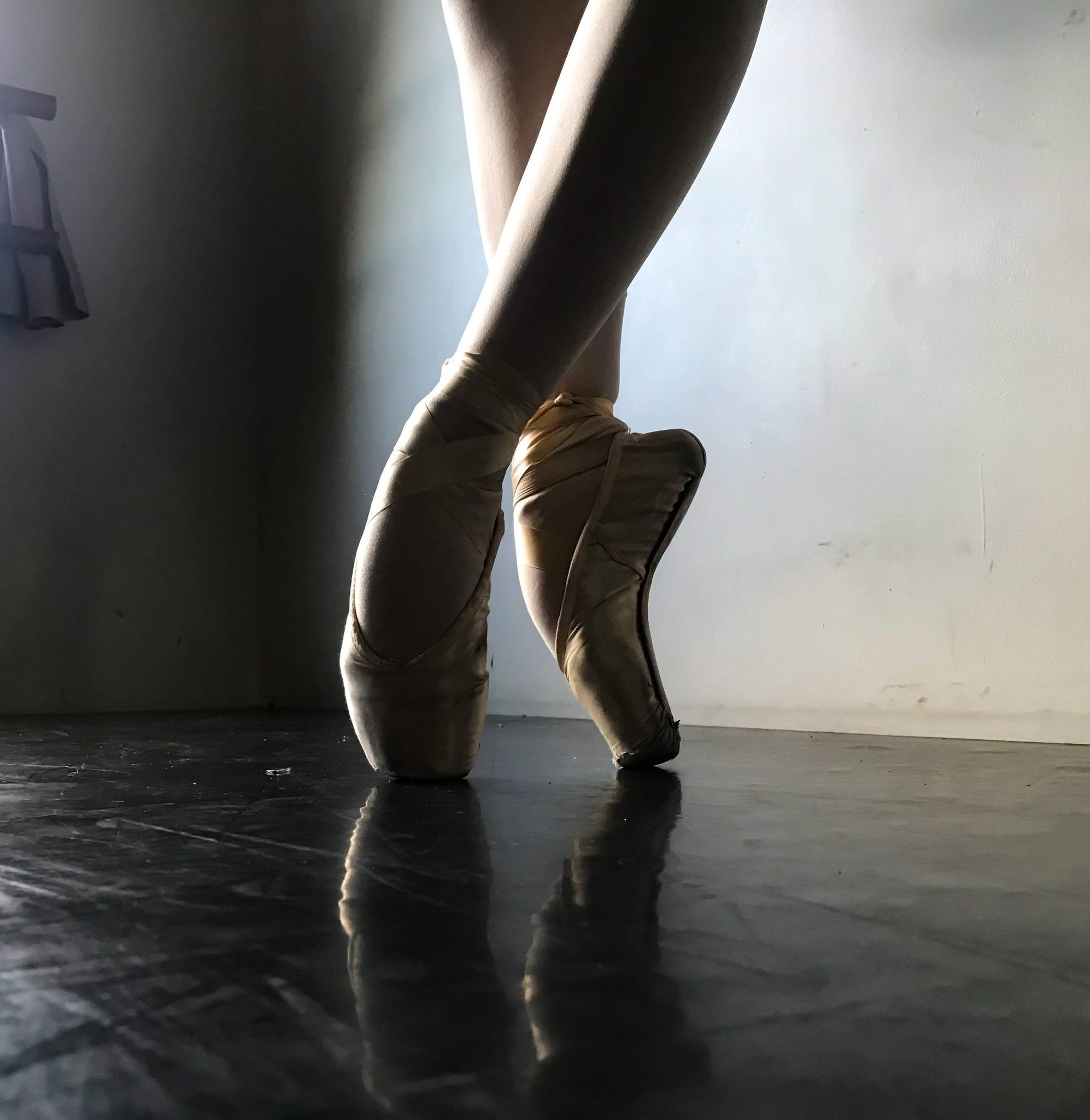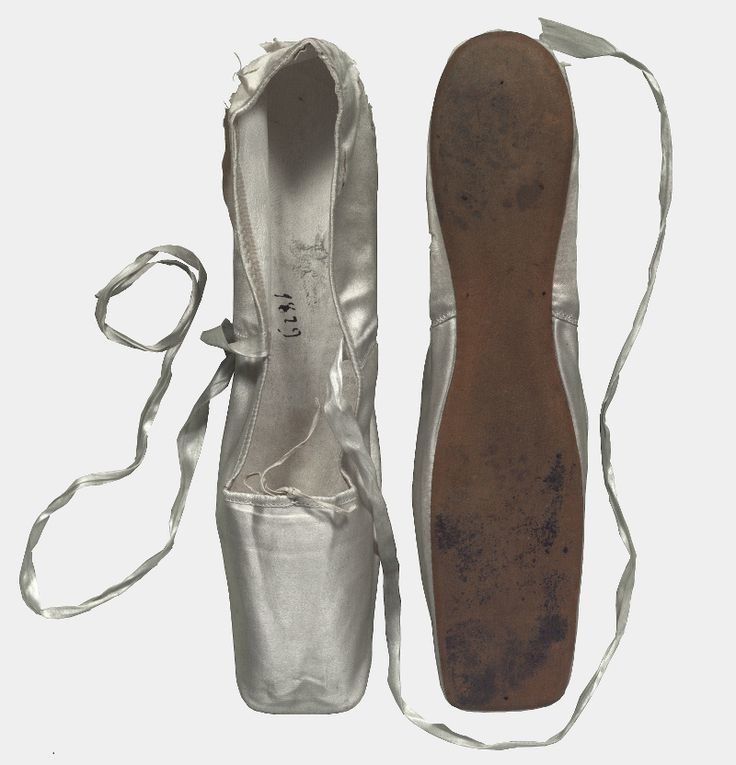Pointe Shoes Demystified: Breaking Down 10 Common Misconceptions
- Posted on
- By Alaina Kimsey
- Posted in Pointe Shoes
- 0

In this article, we delve into the history of pointe shoes and debunk 10 common misconceptions.
History of the Pointe Shoe
The history of pointe shoes is a long and complex one, spanning centuries of evolution and refinement. From the earliest prototypes to the sleek, modern designs of today, the development of pointe shoes has been a testament to the ingenuity and creativity of generations of ballet dancers and shoemakers.
The origins of pointe shoes can be traced back to the early years of ballet, when female dancers were expected to perform in rigid, heeled shoes that limited their movement and flexibility.
It wasn't until the 18th century that a French dancer named Marie Camargo revolutionized the art form by performing in soft, flexible slippers that allowed her to execute more complex movements with ease. These early prototypes of pointe shoes were known as "demi-pointe" shoes and were the first step in the evolution of the modern pointe shoe.
Over the next century, ballet continued to evolve and become more popular, with dancers pushing the limits of what was possible in terms of movement and grace. As the demands of the art form increased, so too did the need for more specialized footwear. Shoemakers began to experiment with new materials and designs, creating shoes that were both supportive and flexible, allowing dancers to perform on their toes without risking injury.
In the early 19th century, a dancer named Marie Taglioni became the first dancer to perform en pointe. Taglioni's shoes were made of soft satin and flexible leather soles. These early pointe shoes did not have a hardened toe box, which is the characteristic feature of modern pointe shoes.
Marie debuted her pointe technique in 1832 in the ballet "La Sylphide". Her performance was a sensation, and soon other dancers were eager to replicate her feat. This led to a new era of experimentation and innovation in pointe shoe design, with shoemakers developing new techniques for reinforcing the sole and toe box of the shoe to better support the dancer's weight.

Marie Taglioni's Pointe Shoes
As the popularity of pointe work increased, ballet shoe manufacturers began to experiment with different materials and designs to make the shoes stronger and more supportive. In the 1890s, the Russian ballerina Anna Pavlova became famous for her delicate, ethereal style of dancing, which relied heavily on pointe work. Pavlova's shoes were made of layers of paper and glue, which gave them a stiff, supportive structure.
It wasn't until the 20th century that pointe shoes began to resemble the modern shoes we know today. In 1903, the Italian cobbler Salvatore Capezio began making pointe shoes for the American Ballet Theatre, using a design that featured a box-shaped toe made of layers of canvas and glue. This design allowed ballerinas to dance on the tips of their toes with greater stability and support, and became the standard for pointe shoes in the 20th century.
Over the years, pointe shoes have continued to evolve, with new materials and designs that make them stronger, more supportive, and more comfortable for dancers. Today, pointe shoes are made from a combination of materials, including satin, leather, and synthetic fabrics, with a hardened toe box and a shank that runs the length of the shoe.
The process of making pointe shoes is complex and time-consuming, with each pair handmade by cobblers. The shoe must be strong enough to support the dancer's body weight, but flexible enough to allow for the intricate footwork required in ballet. The process starts with a foot last, adding layers of glue and fabric to create the hardened toe box, and inserting the shank to provide support.
In recent years, there has been a growing focus on sustainability in the world of ballet, with many companies and designers seeking to create pointe shoes that are both functional and eco-friendly. This has led to the development of new materials, such as recycled plastics and organic cotton, as well as new manufacturing techniques that minimize waste and reduce the environmental impact of production.
And despite the many changes and innovations in pointe shoe design over the years, the basic principles remain the same: a supportive, flexible shoe that allows the dancer to execute movements with precision and grace. From the early prototypes of Marie Camargo to the sleek, modern designs of today, pointe shoes are an iconic symbol of ballet, representing the beauty, grace, and athleticism of this art form. They are also a testament to the dedication and hard work required to master the technique of pointe work. Today, ballerinas around the world continue to push the boundaries of pointe work, exploring new movements and techniques that inspire and captivate audiences.
Here are 10 Common Misconceptions About Pointe Shoes:
1. Pointe shoes are made of wood: This is a common misconception, but pointe shoes are actually made of layers of materials such as burlap, canvas, paper, glue (also referred to as "paste"), and satin.
2. Pointe shoes are designed to support the entire body weight: While pointe shoes provide some support, they are not designed to bear the entire weight of the body. A dancer's strength and technique play a significant role in the success of pointe work
3. All pointe shoes are the same: Pointe shoes come in various shapes, sizes, and brands, and are made to suit the individual needs and preferences of each dancer.
4. Pointe shoes last forever: Pointe shoes are not designed to last forever and need to be replaced regularly, depending on how often they are used (some dancers will go through 2 pairs a week!).
5. Pointe shoes are uncomfortable: While pointe shoes can take some time to get used to, with a proper fiting and care, they should not cause excessive pain or discomfort.
6. Pointe shoes are only for female dancers: Although pointe work is more commonly associated with female dancers, male dancers can also wear pointe shoes and perform pointe work.
7. Pointe shoes are easy to dance in: Pointe work is a highly advanced form of dance that requires years of training and practice, and should not be attempted without proper training and instruction.
8. Pointe shoes can fix bad technique: Pointe shoes are a tool to enhance and showcase a dancer's technique, but they cannot fix poor technique or lack of strength.
9. Pointe shoes make dancers look graceful: While pointe work can be graceful and elegant when performed correctly, it requires immense strength, control, and precision, and is far from easy or effortless.
10. Pointe shoes can be shared between dancers: Pointe shoes are fit to an individual's foot and should not be shared between dancers due to hygiene and safety reasons.
If you have any questions regarding pointe shoes, ask away in the comment section!


Comments
Be the first to comment...